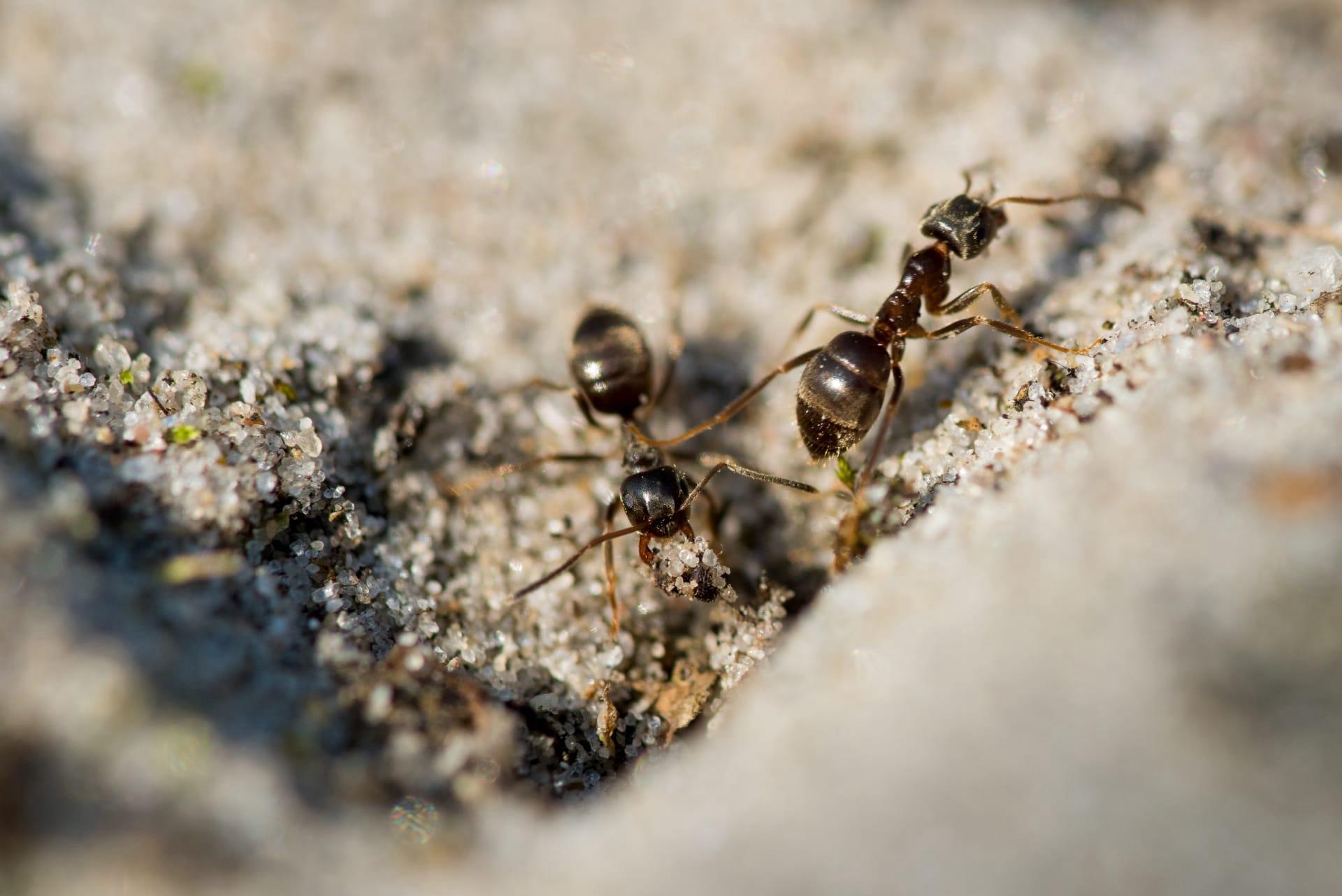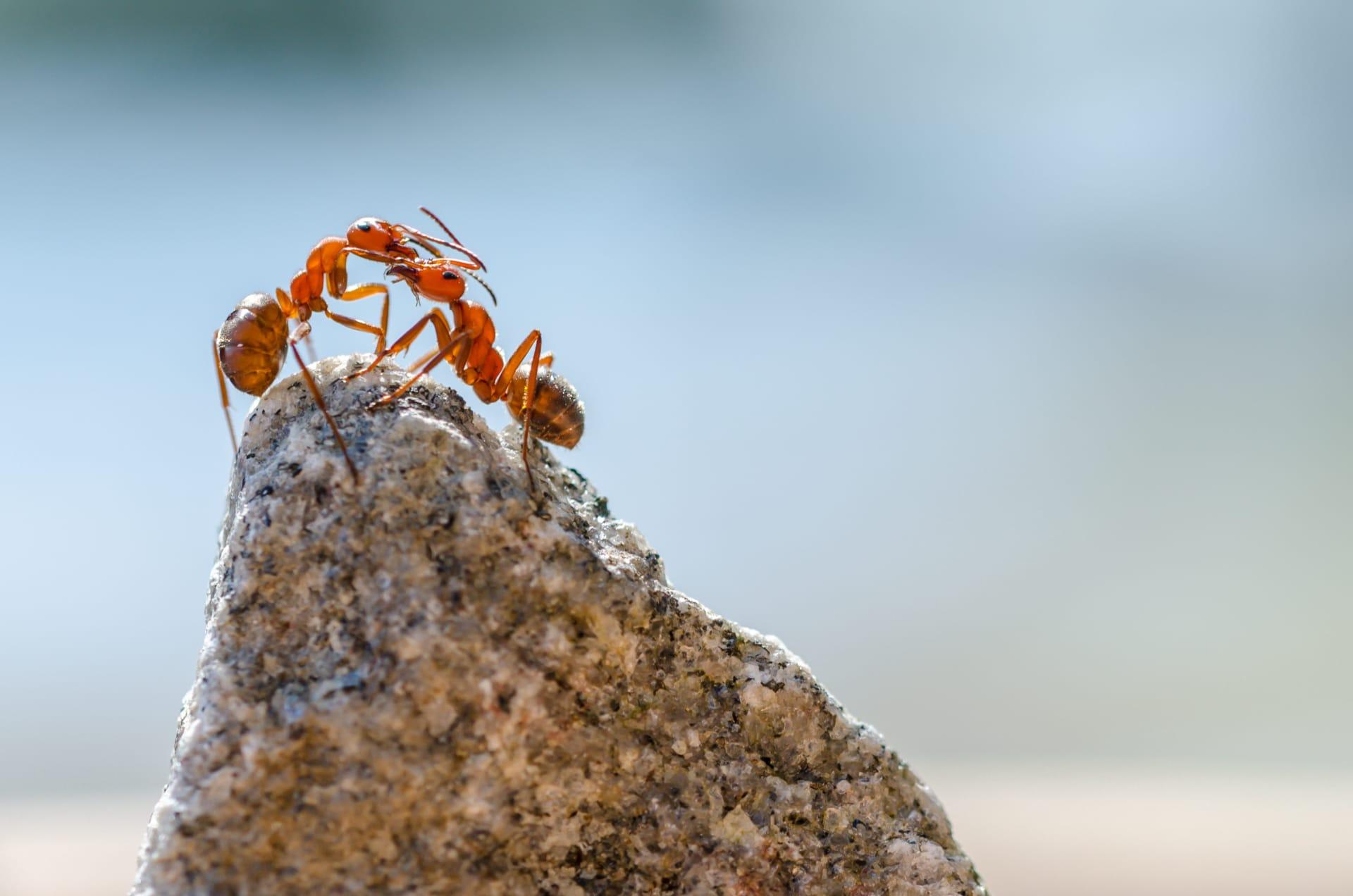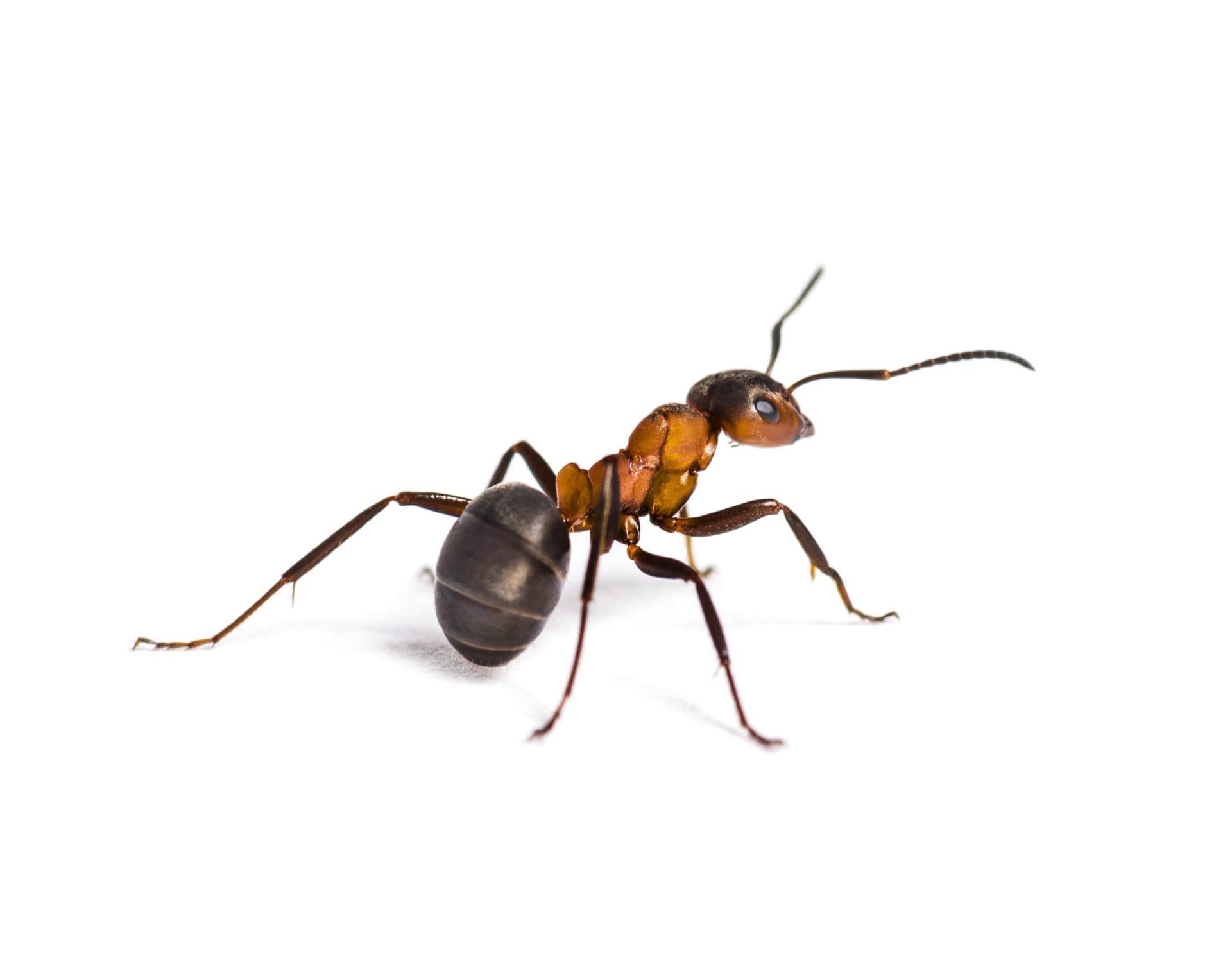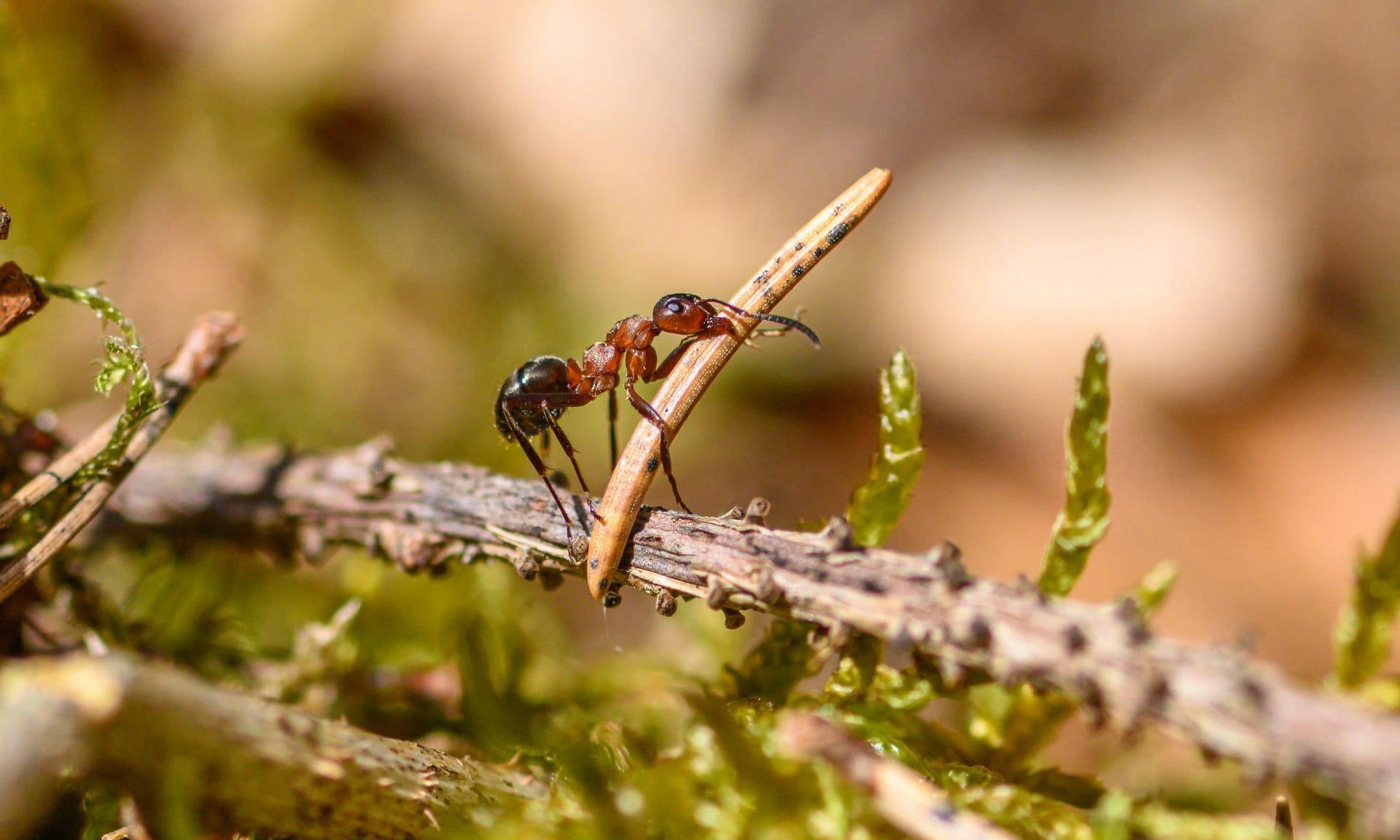Ants Characteristics
- Home /
- Mini Encyclopedia /
- Animal /
- Ants Characteristics
1
Ants are fascinating creatures known for their complex social structures and incredible strength. These tiny insects typically range in size from a mere 0.08 inches (2 mm) to up to 1 inch (25 mm) for certain species like the queen of the leafcutter ant. Their lifespan can vary dramatically depending on their role within the colony. Worker ants may live for several months, while queens can live for over a decade, demonstrating the remarkable longevity of these social insects.
One of the most extraordinary organs of an ant is its antennae. These are not just for show; they are highly sensitive organs packed with sensory cells that allow ants to detect chemicals, vibrations, and air currents. This sophisticated sensory system enables ants to communicate, find food, and navigate their environment with precision. The antennae can pick up chemical signals or pheromones released by other ants, guiding them to food sources or alerting them to danger, showcasing a complex level of social interaction and environmental awareness.

2
Question: Why do ants form lines when they travel?
Answer: Ants form lines, known as ant trails, primarily due to a behavior called chemotaxis, where they follow pheromone trails left by scout ants. When a scout ant finds a food source, it returns to the colony, leaving behind a chemical trail. Other ants detect this trail with their antennae and follow it to the food. As more ants travel back and forth, the pheromone trail becomes stronger, encouraging a well-defined line. This efficient method of communication and navigation ensures that ants expend less energy finding food and avoid getting lost, showcasing their incredible ability to work collectively.

3
Ants are known for their exceptional ability to cover ground quickly and efficiently. They can run at speeds that, relative to their size, are equivalent to a horse running at full gallop. This is due to their powerful leg muscles and the unique structure of their joints, allowing for rapid, coordinated movement. When searching for food or defending their nest, ants can mobilize and change directions swiftly, demonstrating their agility and responsiveness to their environment.
In terms of predation, ants are versatile hunters and gatherers. Many species are omnivorous, feeding on a mix of plant material, nectar, and other insects. Some, like the army ants, engage in a behavior known as "raiding," where they swarm over their prey in large numbers, overpowering other insects and small vertebrates. This collective hunting strategy is highly effective, allowing ants to tackle prey much larger than an individual ant, showcasing their strength in unity.

4
Ants inhabit a wide range of environments, from dense tropical rainforests to arid deserts. They have adapted to survive in almost every terrestrial habitat on Earth, showcasing an incredible ability to thrive under various conditions. Their nests can be found underground, in tree trunks, or even within the leaves they've stitched together, demonstrating their versatility and ingenuity in creating safe havens for their colonies.
The reproduction process of ants is a fascinating display of their social structure. Most colonies have a single queen, whose primary role is to lay eggs. Males, or drones, are produced for the sole purpose of mating with the queen, after which they typically die. The queen can store sperm from a single mating event and use it to fertilize eggs throughout her life, deciding the sex of her offspring. This efficient reproductive strategy ensures the continual growth and survival of the colony, highlighting the sophisticated social organization of ants.

5
Book: "The Ants" by Bert Hölldobler and E.O. Wilson. This book, published in the United States in 1990, provides a comprehensive overview of ant biology and their social behaviors. Hölldobler and Wilson, both renowned myrmecologists, delve into the intricate world of ants, exploring their evolution, communication, and the complex societies they form. The book is acclaimed for its scientific depth, stunning photography, and accessible writing, making it a seminal work in entomology.
Book: "Journey to the Ants" by Bert Hölldobler and E.O. Wilson. A more accessible counterpart to their earlier work, this book was published in the United States in 1994. It offers a fascinating glimpse into the lives of ants, combining personal narrative with scientific insights. The authors share their extensive fieldwork experiences, bringing the reader closer to the often-misunderstood world of ants. The book stands out for its engaging prose and ability to convey complex scientific concepts in a manner that is both informative and captivating to a broad audience.